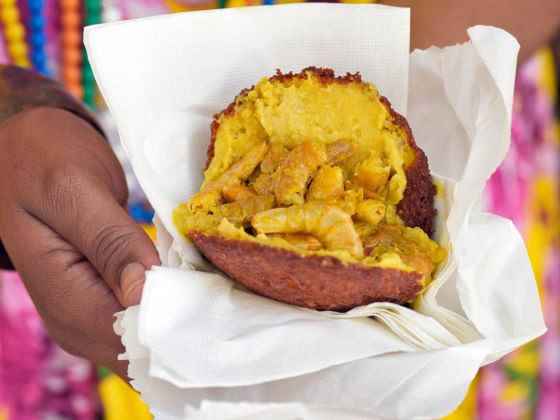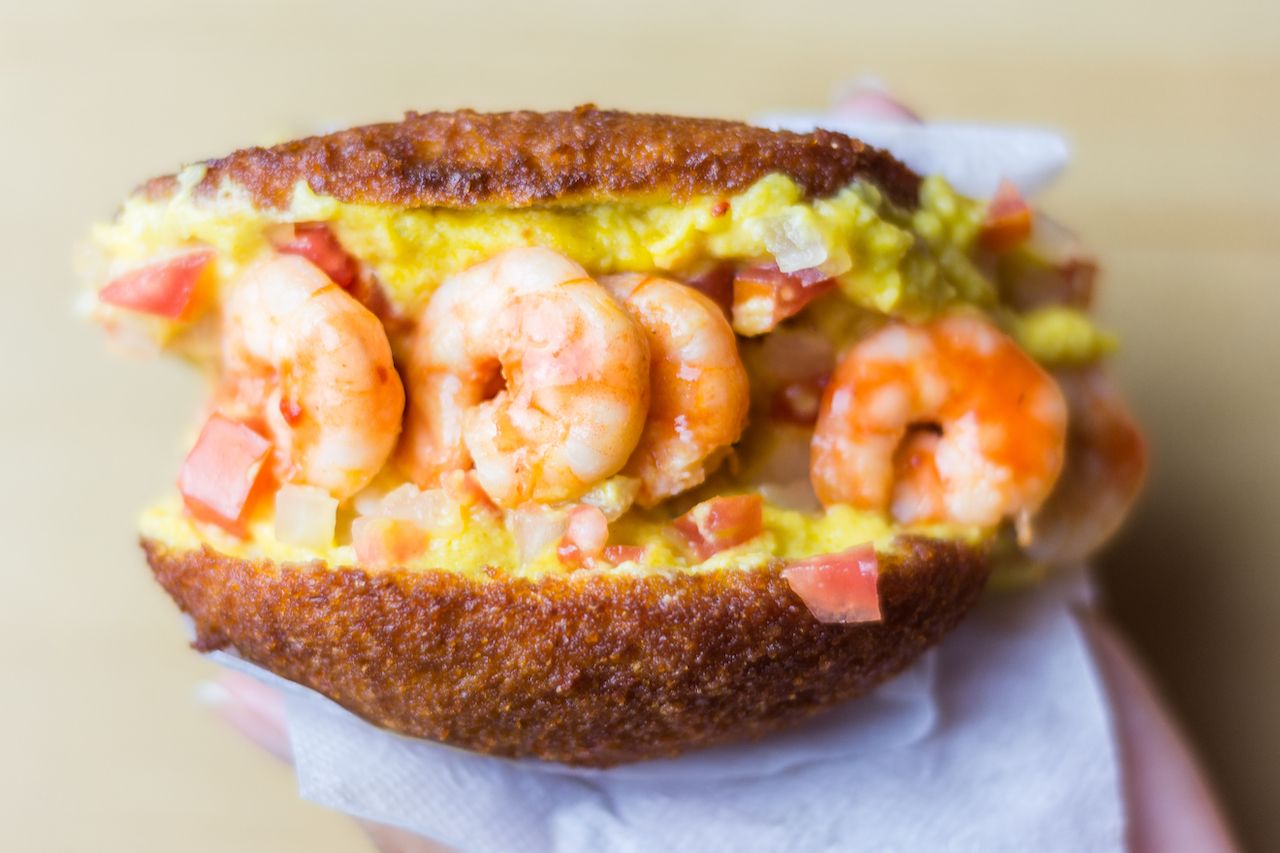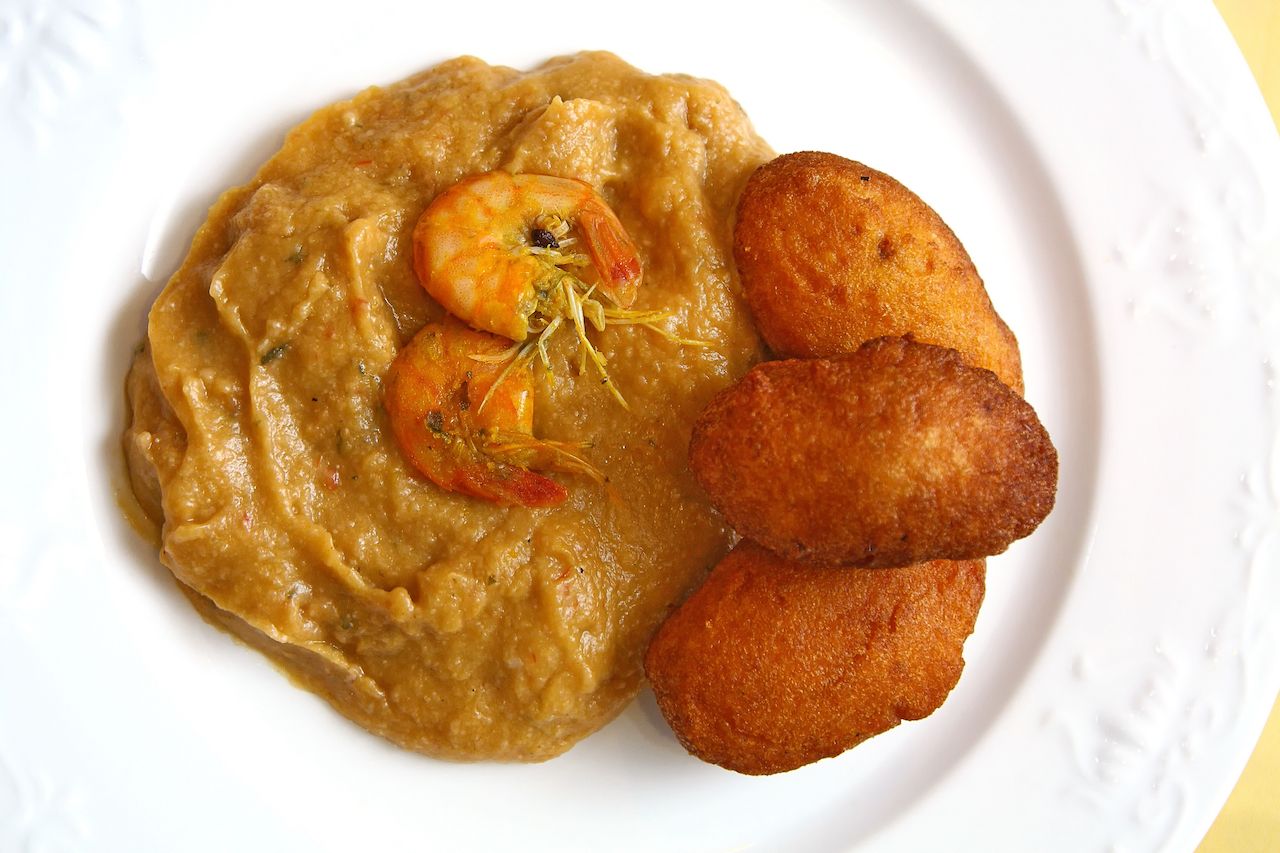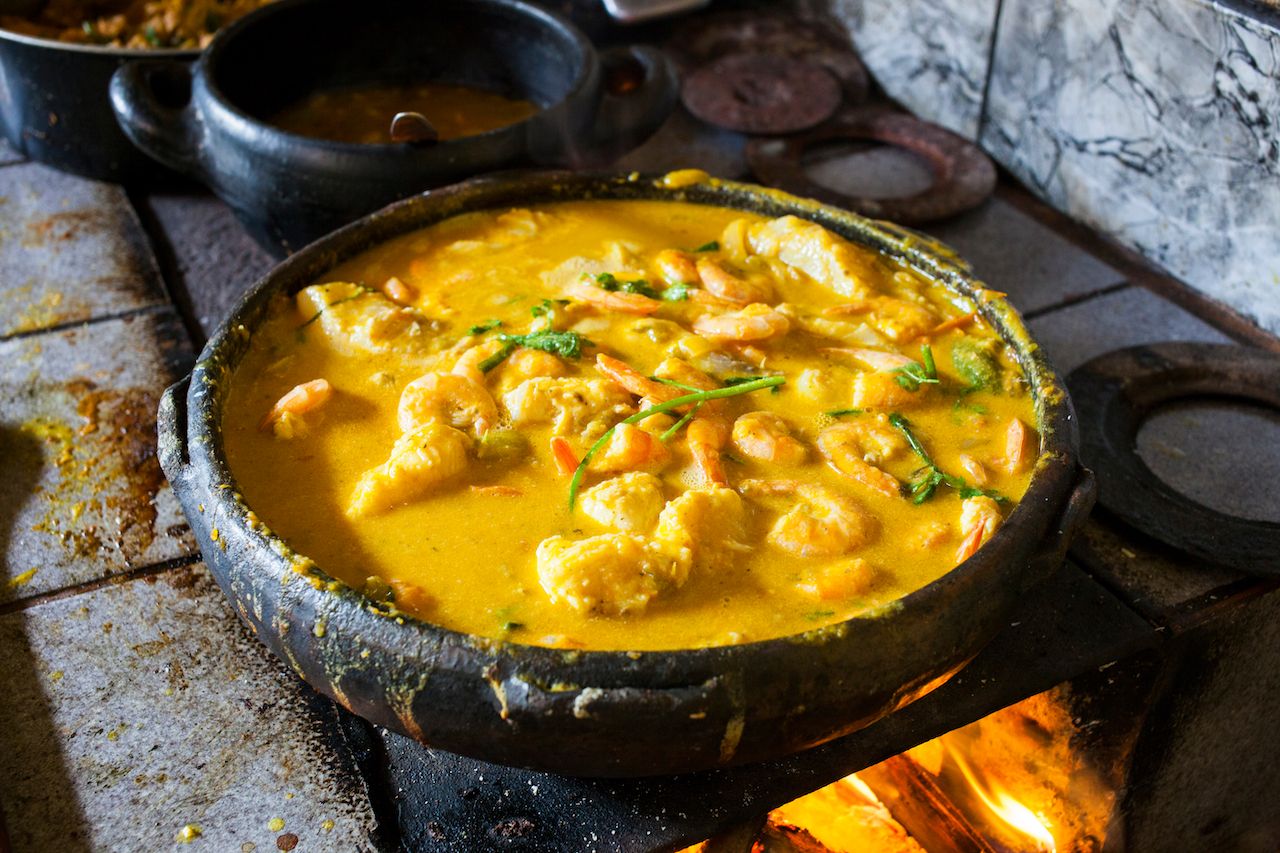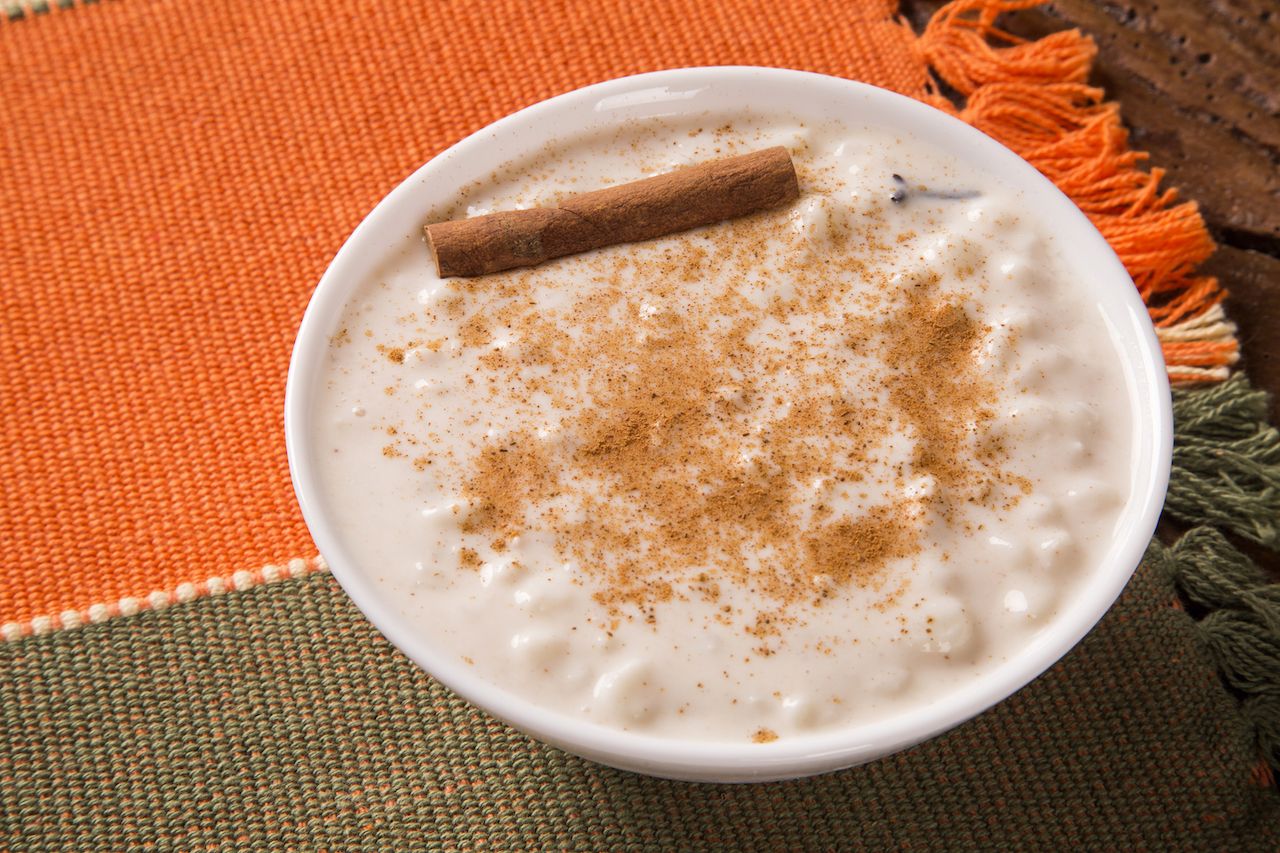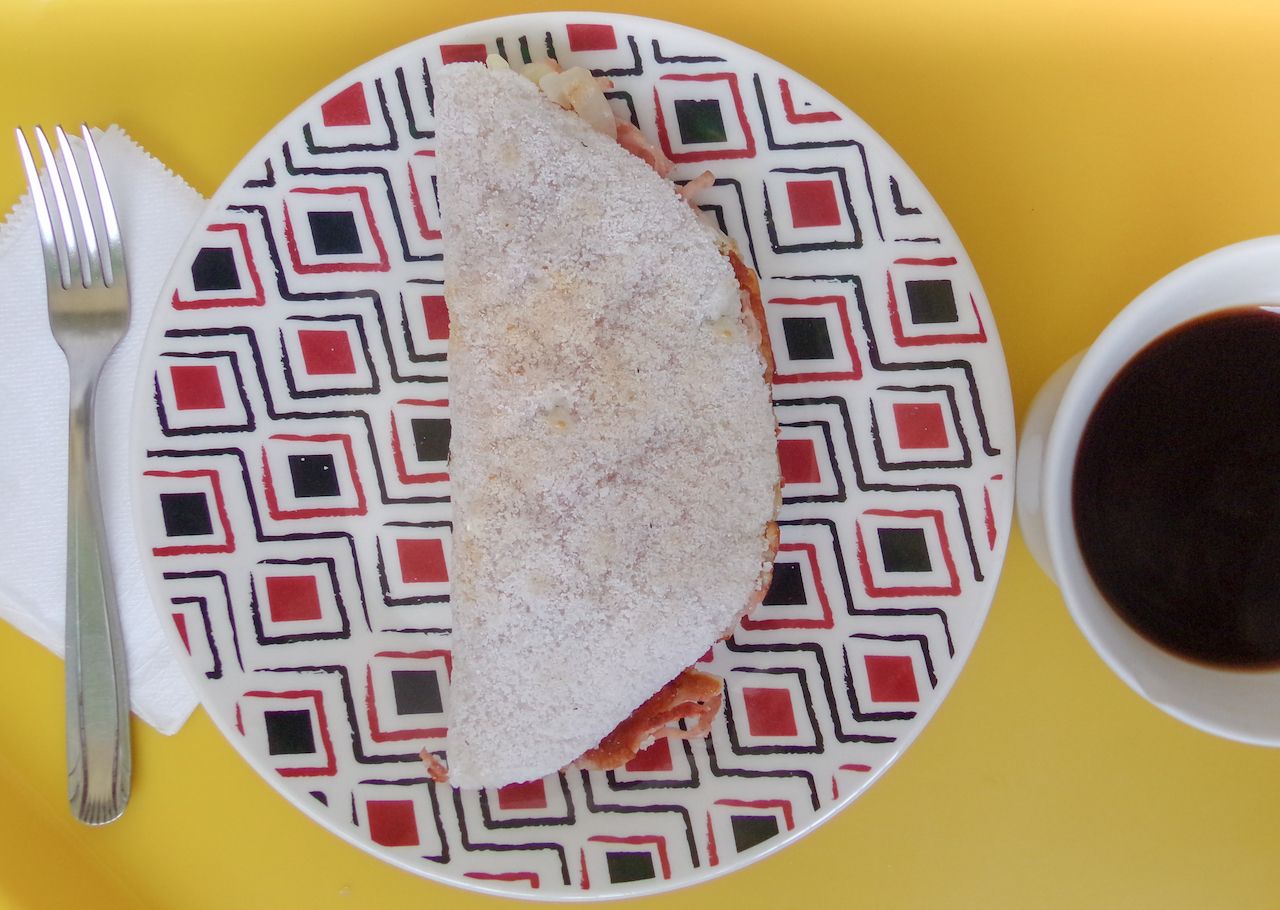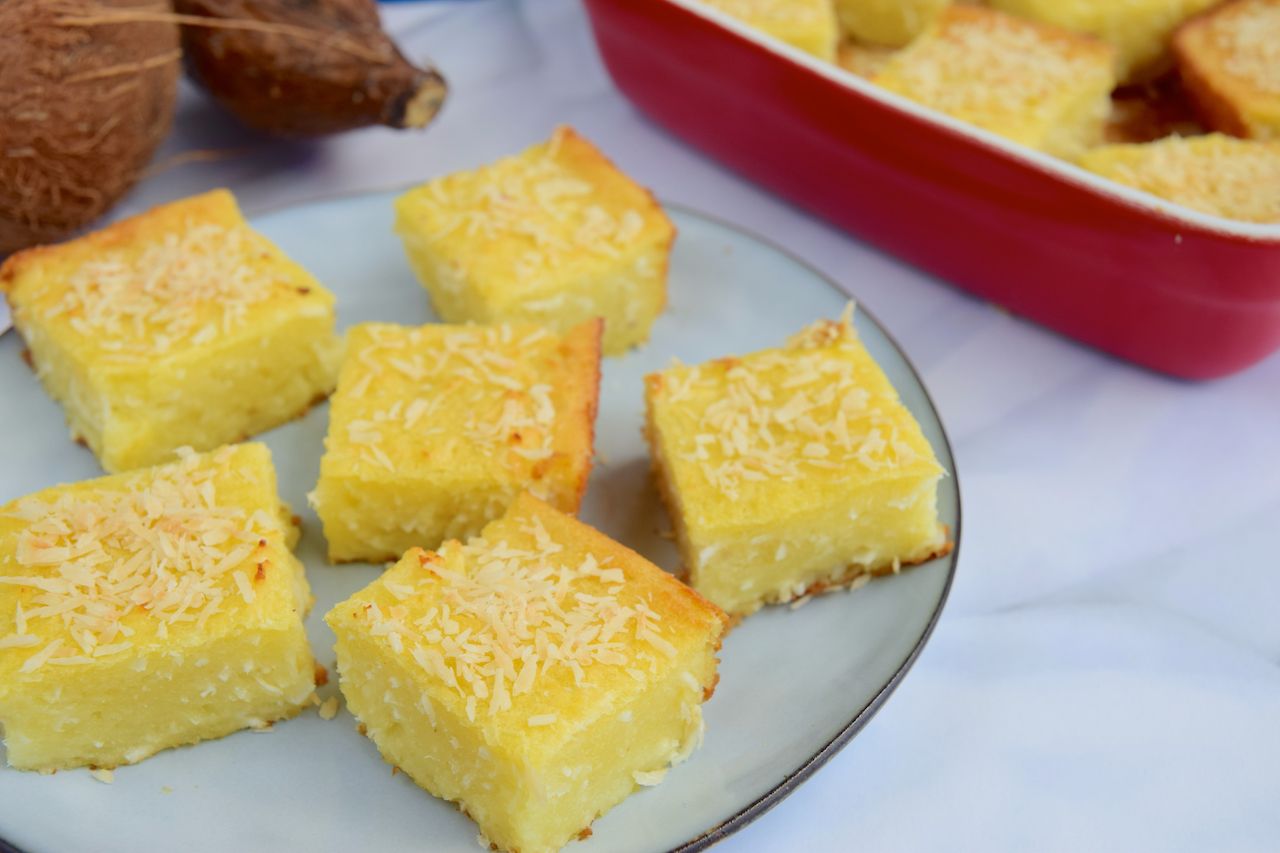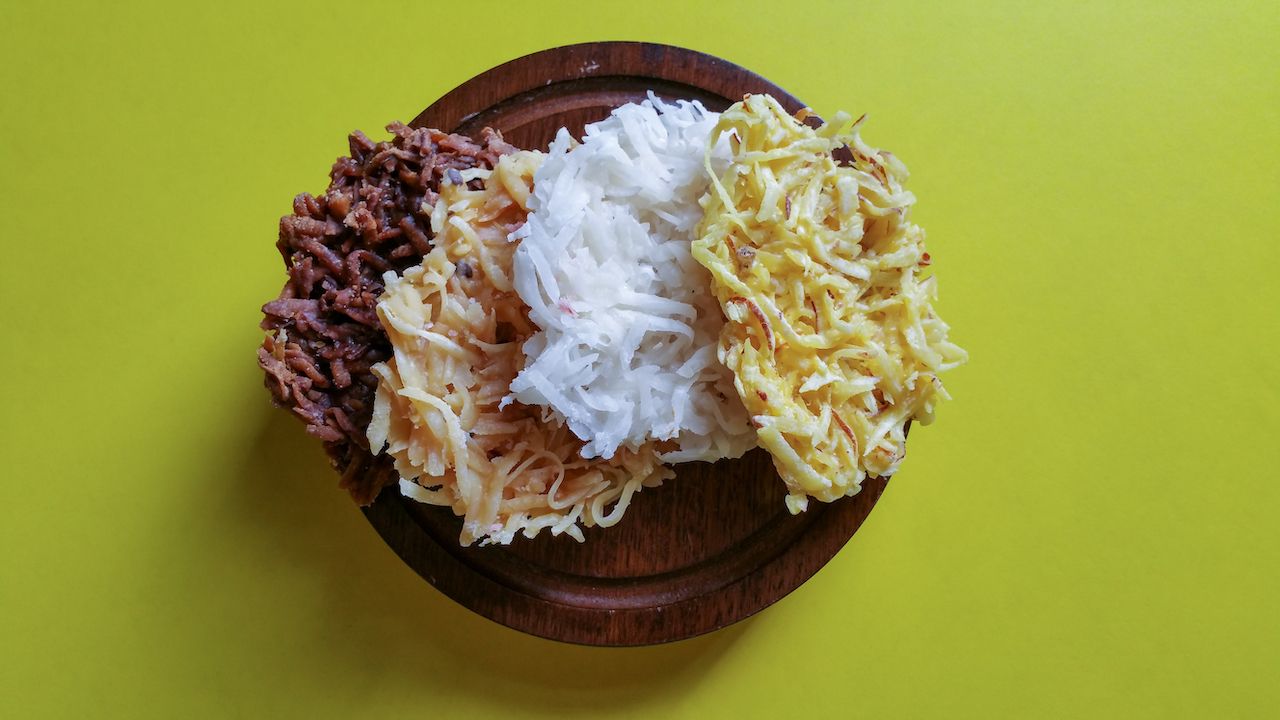Brazil is a vast country with a diverse food scene. You can find mouthwatering cheesy fried snacks as easily as sweet and fruity desserts, and it’s impossible to miss the many (many) Brazilian cassava-based dishes. But for the best food in Brazil’s 27 states, Bahia in the northeast stands out as a must-visit for food lovers.
Founded around 500 years ago by Portuguese settlers, Salvador was Brazil’s first capital and is still the capital of Bahia. Its large port made the city a center for the slave trade and sugarcane market. Today, the region is an important center for the country’s Afro-Brazilian population. African and European cultures mix in religion, art, and music. This diversity is especially evident in the dishes prepared and enjoyed in the noisy, chaotic, and wildly vibrant city of Salvador.
